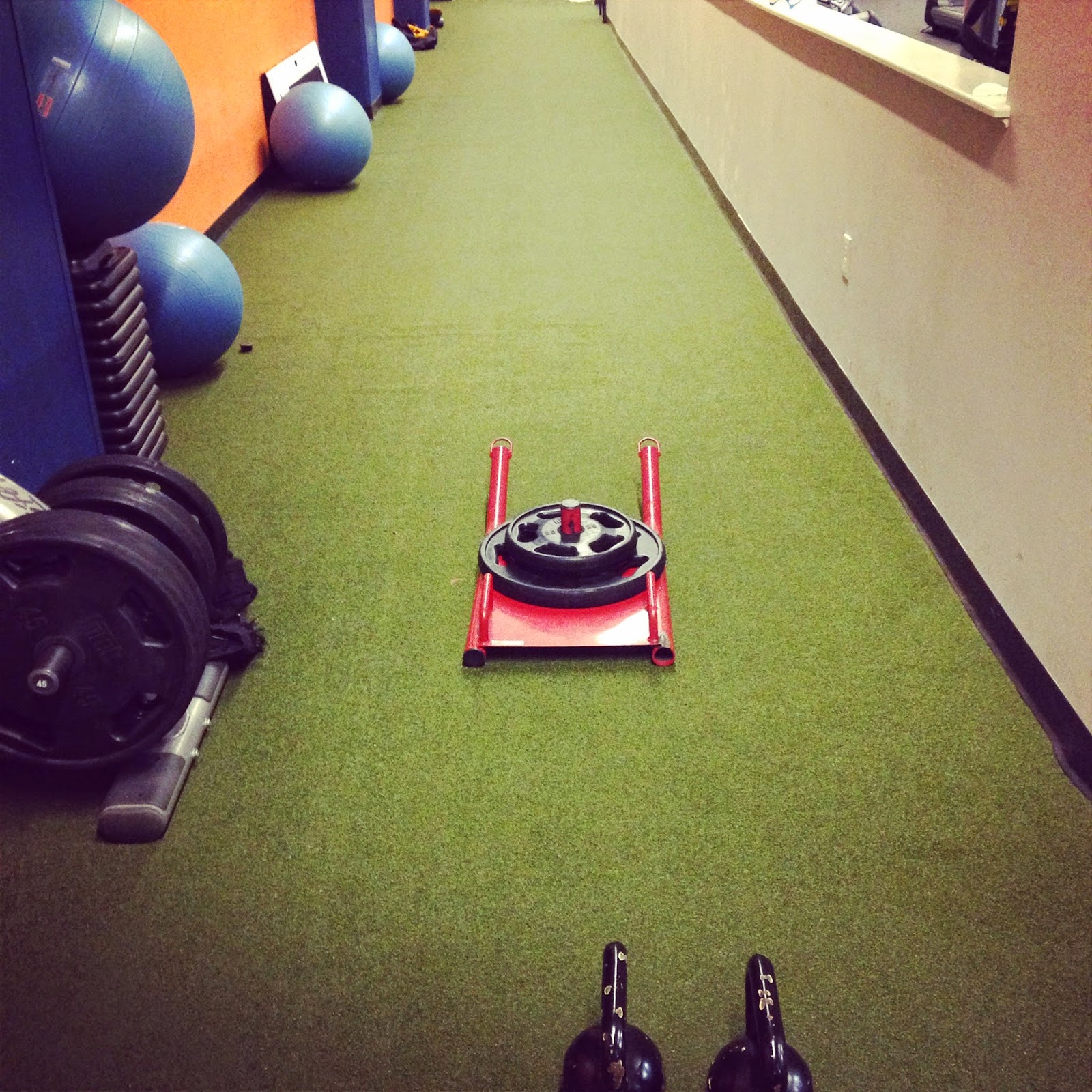Swimming Technique and Injury
High Elbow vs. Low in Recovery Phase, What is Right?!
WHAT IS THE PROPER WAY TO REACH FORWARD IN THE WATER!? HOW DO I PROTECT MY SHOULDER?? Recently, my focus has been on swimming
technique and biomechanics of the shoulders and torso during the freestyle
stroke. It seems that many coaches,
professionals, and colleagues have different viewpoints on how to perform the
freestyle with not enough clarification to sway me one way or
the other. Do we have a high elbow, or
do you throw the arm and keep the hand higher?
I need to figure out how to help my clients be safe, build
strength the right way, and not exacerbate a problem and cause bigger issues
down the road. I also don’t want cause an overuse injury in the future. Working in rehab has made me scared about
destroying my body now and regretting it later…
While working at the physical therapy clinic.... I have learned
a lot about shoulders and their mechanics.
One thing being that the shoulder’s resting position is 30 degrees of
abduction in the scapular plane. Too
much adduction and internal rotation as well as repetitive overhead motions can
irritate the bicep tendon. The Other
problems in the shoulder, the Supraspinatus can become impinged under the AC
joint. Weakness in the shoulder along
with overuse and injury can lead to other tendonitis, osteoarthritis, shoulder
instability, etc. Doesn’t this sound
lovely?
I have been swimming in the pool and developed Bilateral Bicep Tendonitis!! It leads to referral pain on the back of my
arm, freestyle hurts, and I am “swimming” around trying to diagnose what about
my form and training led to this problem.
Reaching behind me hurts, overhead action, we need to solve this.
Problems I have with my stroke... So I have been told my multiple people that as I finish my
recovery and enter the water I cross my midline a lot. Also, if my thumb was going into the water
first I was creating a lot of internal rotation. Torso rotation also has a lot to do with
this. If I was not rotating my body
enough, my arm was traveled behind me causing the humerus to travel forward in
the GH socket and create an impingement.
Before this, I had major trigger points in my shoulder and an injury to
my rotator cuff muscles from a job where I had to twist open a valve to change
a filter. I believe the combination to
all of these aspects, plus a lot of vigorous swimming and repetitive motion of
the freestyle led to my shoulders giving out.
So, in the mean time, I am putting together drills to go
back to the basics and really slow down and teach myself form. One aspect of
the stroke I am really picking apart is how I perform the recovery phase, of
the stroke. Some people have told me to
keep a high elbow while others will teach that throwing the arm and keeping the
elbow lower than the hand is the way to go.
High Elbow or low elbow? I have come across multiple key points that help build the
defense of each technique. Keeping a
high elbow can help utilize more of the lats and upper back and take more
stress off the deltoids and rotator cuff.
A straight arm though, generates more velocity and helps carry you
through the stroke more. This does put
more stress on the shoulder though and puts more emphasis on the deltoids. So, maybe both strokes aren’t considered
right and wrong? Maybe we just need to
choose when to use them to out benefit almost like interval training, or
changing where your butt is on your bike seat to use more hamstrings versus
quads.
I recently read a paper written by Theodore J. Becker Ph.D.,
R.P.T., A.T.e who titled his paper “The 'Coaches Guide to Bicipital Tendonitis” His paper gave me an overview of how the shoulder functions during different
aspects of swimming.
Let’s look at the freestyle stroke and what happens to the
muscles on your arm. When your hand
enters the water during the initial catch, your hands downward position (supination)
followed by the immediate high elbow pull puts the bicep tendon in a vulnerable position. It presses almost out of the groove! The bicep plays huge roles in the pull phase as
it flexes the elbow, horizontally adducts the arm, and supinates the hand. So…now I understand why I have bicep tendonitis. The bicep ligament is very closely related
with the supraspinatus and Deltoid, which is probably why a deltoid and SS
taping felt so good to my shoulder and I continue to find trigger points in
them.
So the conclusion! Found and theorized on Triradar.com. If you think about it, the straight arm method is going to give you more velocity and brings the momentum out of the pull phase into the recovery. It is great over the short term, but uses more of the deltoid and rotator cuff and doesn't allow for more support from others. The bent arm technique allows you to use your traps, lats, deltoid, and moreover recruits more muscle groups to put less tension on the deltoid. Sooooo......In the mean time, I am sleeping without a pillow, trying to keep my shoulders back and down, icing constantly, and am going to get better soon! My therapist told me today, David...try not to analyze this so much. you are looking for the answer so bad that you are giving yourself 20 things to think about when you go swim instead of trusting your instinct, listening to how your body wants to move, and just swimming! I am going to try that next week and just go with the flow.









